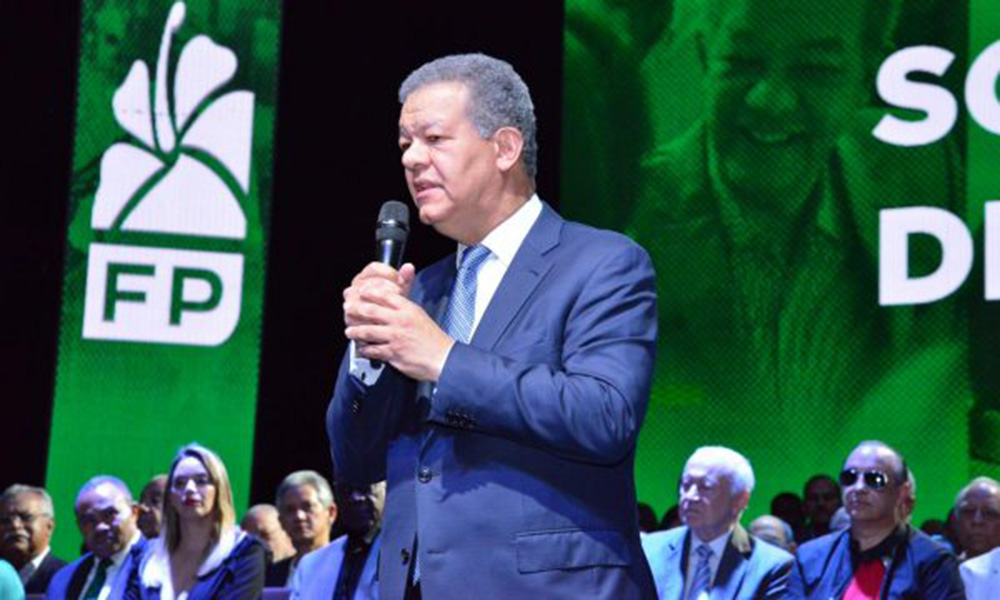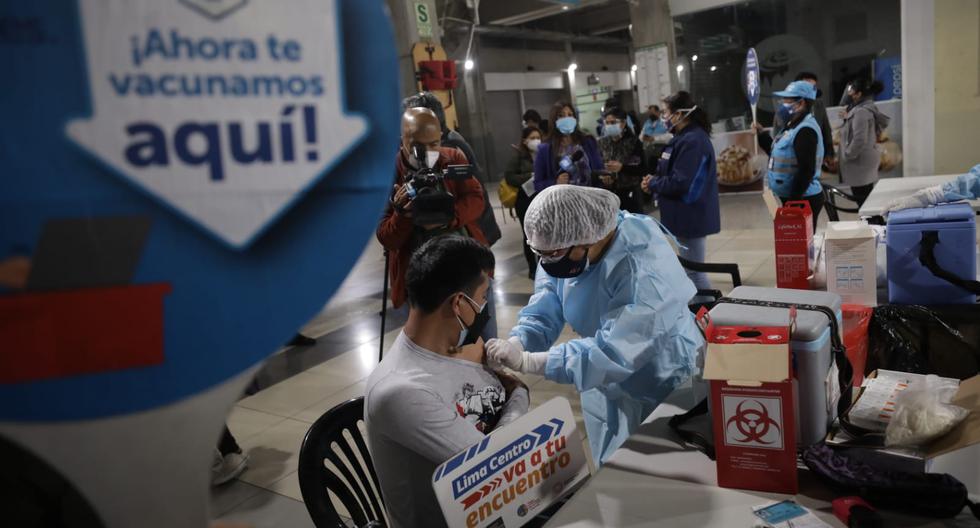Favored by the circumstances, the PRD took a year; PRSC, two and the PLD 23, PRM managed to win after six years
As a result of the emergence of the People’s Force Party (FP) in the last elections under the leadership of Leonel Fernández, and the role that this organization will play in the 2024 elections and the performance it achieved in 2020, the political debate has installed the discussion about the chances of success of the newly formed parties.
The fundamental argument is how complicated it is to establish structures throughout the territory that allow the operation and mobilization that an electoral project entails to be crowned with successes such as winning the Presidency. But what does history say, how long has it taken for the parties to win the Presidency?
Since the beginning of democracy in the country with the fall of the dictatorship of Rafael Leonidas Trujillo in 1961, four acronyms have governed. The Dominican Revolutionary Party (PRD), the Christian Social Reformist Party (PRSC), the Dominican Liberation Party (PLD) and the Modern Revolutionary Party (PRM). It took the PRD little more than a year to win the first elections; to the PRSC, two, to the PRM six and to the PLD, 23.
The PRD, the first democratic government after the fall of the dictatorship, was founded in exile in 1937, but it is known that it did not have national structures because the political persecution of the Trujillo dictatorship prevented it.
The PRD and its leaders arrived in the country on July 5, 1961, just over a month after the fall of the tyrant. On December 20, 1962, the first democratic elections were held and were won by Juan Bosch and the PRD, who had been in the country for just over a year against the National Civic Union that nominated Viriato Fiallo. The PRD also won 22 of 27 senators and 49 of 74 deputies.
Bosch and the PRD were the victims of a coup seven months after assuming power. This event was followed by a period of political instability that included the 1965 civil war and the United States invasion of the country. In 1966, the country managed to organize elections again and Joaquín Balaguer and the Social Christian Reformist Party (PRSC), which had been founded in 1964, competed for the presidency against Bosch and the PRD, who had been on the scene since 1961 and had obtained victory in 1962. The elections were won by Balaguer and the PRSC with 57% of the votes, achieving 22 senators and 48 deputies. Bosch and the PRD reached 39% of the votes for the Presidency, 5 senators and 26 deputies.
From 1966 to 1996, the electoral scene was dominated by the PRD and the PRSC. The PRD competed and won again in 1978 under a political alliance called the “Santiago Agreement” that Antonio Guzmán ran for President. The opposition won against the PRSC and Balaguer, who had been in power for 12 years. The PRD won again in 1982, with Salvador Jorge Blanco as its candidate. The PRSC and Balaguer defeated the PRD again in 1986. From that date, the political struggle changed color with the growth of the PLD, which had been founded in 1973.
The PLD and Bosch achieved barely 1% in their first electoral participation in 1978. In 1982 they reached 9.82% and for the 1986 elections they positioned themselves as the third electoral force, with 18%.
After leaving power, the PRD was divided and as a result of this process, the Independent Revolutionary Party (PRI) emerged, led by Jacobo Majluta, who had been vice president of the Republic in the governments of the white party. The PRD arrived divided in the 1990 elections and were displaced from second place by Bosch and the PLD, who competed with the re-election of Balaguer and the PRSC. Some 17 years after it was founded, the PLD competed for the Presidency for the first time with chances of victory. In the official count, it achieved 33% compared to 35% for the PRSC, but the purple party claimed that it was the victim of fraud. In those elections, the PRD and José Francisco Peña Gómez reached 23% and Majluta 7%. Abstention was 40%.
In the 1994 contest, the PRSC and the PRD returned to concentrate the electoral scene and the PLD fell to a distant third place with 13%. The result generated a political crisis that was resolved with a constitutional reform that set elections two years later, in 1996, and prohibited presidential re-election. This fact shocked the ruling PRSC, which for the first time in 32 years, would not take its leader as a candidate.
In the presidential elections of 1996, the PRSC, for the first time, fell in third place, and the PLD achieved second place with 37% and with Leonel Fernández as a candidate, the first candidate other than its leader, Juan Bosch, in 23 years. .
The PLD won in the second round with the support of the PRSC, with 51%. In the 2000 elections, the ruling PLD fell again in the vote, achieving only 25% with Danilo Medina as candidate. The PRSC nominated Balaguer again and they achieved 24% and the PRD with Hipólito Mejía reached 49.87%.
From then until 2016, the PLD and the PRD dominated the electoral scene and the PRSC was diminished.
All elections from 2004 to 2016 were won by the PLD with more than 50%, but the PRD remained a strong party with more than 40%. As a result of the 2012 elections, the PRD was divided and the event took place in 2014, with the official birth of the Modern Revolutionary Party (PRM), which achieved the support of almost all of the white party leadership.
In 2015, the PRD, under the leadership of Miguel Vargas, decided to ally with the ruling PLD, a step that left the entire opposition scene to the PRM. The nascent party achieved a solid electoral position two years after it was founded, 35% at the presidential level with Luis Abinader as a candidate, two senators and more than 50 deputies.
In 2019, the PLD split with the departure of Leonel Fernández and the creation of the Fuerza del Pueblo (FP) party. In the 2020 elections, the PLD lost all the power it had accumulated in 16 years. With Gonzalo Castillo as presidential candidate, it reached 37% against the PRM and Luis Abinader, who achieved 52%, six years after its foundation. Fernández who ran for the new organization achieved 8.9%. The PLD also lost control of the Senate and the Chamber of Deputies and fewer than 20 mayors. The country’s electoral history shows that having new or old party structures, or a weighty leader, are enough to gain favor with the electorate and win the Presidency. What most influences are the political conjunctures of each moment.
international trend
Social networks are pushing the electoral success of the new formations. The last case happened recently in Colombia, in the first round elections in which the League of Anti-Corruption Rulers (Liga) came second, which was founded by the presidential candidate, Rodolfo Hernández, 77, in 2015 and obtained recognition in 2021.
The same thing happened in Costa Rica. The Social Democratic Progress party, founded in 2018, won the elections last April in the second round. In Chile, the Broad Front, founded in January 2017, won the elections in 2021.
Najib Bukele, won in El Salvador, legalized his political movement, New Ideas, in 2018. It also happened in Mexico with Andrés Manuel López Obrador, he founded his National Regeneration Movement (Morena) party, achieved recognition in 2014 and won in 2018. Since 2017 , at least ten parties in different parts of the world have achieved great electoral progress in a short time.








